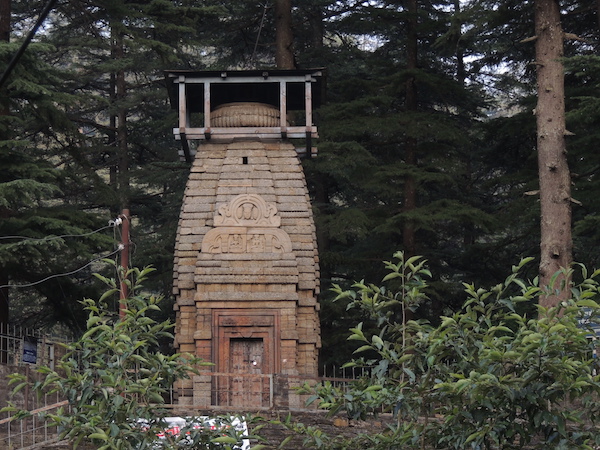
The festivals of Uttarakhand are deeply connected to the traditional roots of this Himalayan community, which has always been an integral part of nature. The elements of earth, water, fire, air and space are an intrinsic part of everyday awareness. Dependence on nature for livelihoods has created a deep respect for natural ecology. Harvest festivals dominate the cultural ethos. At the same time, the ancestral faith that this is Devabhoomi, is not a marketing slogan to encourage tourism, but reflects the connection to those energies we respect and from whiom we seek protection. The traditional belief has always been that we are entrusted to protect and preserve the Earth.
The temples in the Himalaya are a reflection of this integration of the individual with his surroundings and with life and living. Worship is also simpler and based on tapasya or austerities, rather than form. Traditionally, cultural and social activity and thought was dominated by that pervading sense of worship.
The winds of change are strong, and the simplicity and sincerity of worship is fast getting eroded through the influence of modern and a more transactional approach to life.
After the ardour of harvesting season, people would celebrate through rejoicing, renewing social and familial ties and song and dance, that were part of the festivities. At the transition of the Sun from one constellation to another, Sankranti is observed. At each Sankranti or conjunction, a fair or festival marks this transition.